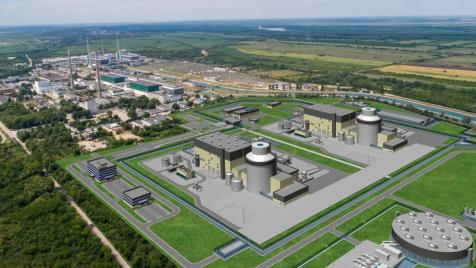Bulgaria has exported 2500% more electricity since the beginning of the year
There has been significant growth in production from photovoltaic power plants

Bulgaria recorded a more than 2,500% increase in electricity exports in the first six months of 2025 compared to the same period last year. This is shown by the final data as of June 30 from the Electricity System Operator (ESO), which was provided to Economic.bg.
From January to June 2025, net electricity exports amounted to 1.26 million MWh, while for the same period in 2024, the figure was only 48,000 MWh.
The change is particularly noticeable in May and June, when Bulgaria was a net exporter of electricity with a positive balance of 322,000 MWh. By comparison, in the same months of 2024, the country was a net importer with a negative balance of 253,000 MWh.
The data also reflects a significant increase in production from photovoltaic power plants (PVPPs) – 32% more in the first half of 2025 compared to the same period in 2024.
One of the reasons for the impressive growth in exports is the good interconnection provided by the ESO at the borders with neighboring countries. An average hourly transmission capacity of over 4,000 MW for exports provides commercial participants with sufficient capacity.
Our interconnection along the North-South corridor between Greece and Romania accounts for over 70% of the total cross-border capacity with Bulgaria's neighboring countries.
Undoubtedly, Bulgaria's accession to the European energy balancing platform PICASSO has contributed to these figures, as it provides opportunities for a more competitive market for ancillary services and reduces the price of balancing energy, especially with the growth of RES production.
ESO data also show that domestic electricity consumption is also growing, by about 7% year-on-year for the period January-June.
Despite the extremely high temperatures in recent days, loads on the system remain within the seasonal norm, ranging between 3,000 MW in the early morning hours and 4,800 MW in the evening peak hours (around 2:00 p.m. and 8:00 p.m.). The ESO forecast for the beginning of July indicates that the load will remain stable – around 3,400 MW at night and between 4,400 and 4,800 MW in the afternoon and evening hours.
Translated with DeepL.

 Aleksandra Sotirova-Delcheva
Aleksandra Sotirova-Delcheva 


